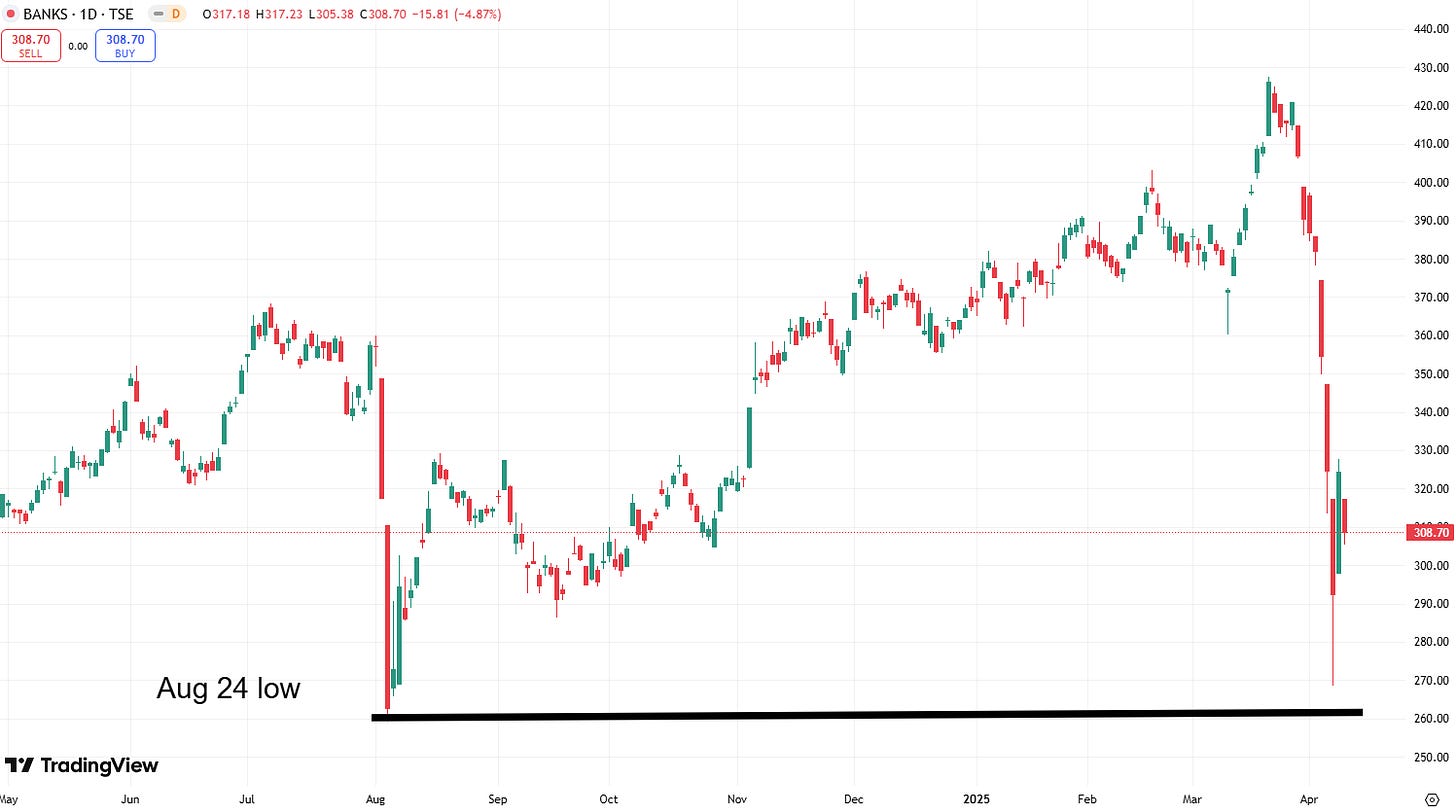The Real Reason Behind the Rise in Yields
The Global Treasury Selloff: A Tug-of-War with Yields and Liquidity
Treasuries are debt securities issued by the U.S. Department of the Treasury to fund U.S. government operations. They are considered one of the safest investments because they are backed by the full faith and credit of the U.S. government. Yields are the focus of this conversation.
I have previously spoken about the importance of the 10-year yield on U.S. government treasuries in Take 10 on my Random Investing Notes series.
We first need to understand why treasury yields rise. This can be due to several key factors, including:
Increased U.S. Treasury debt issuance – When the government issues more debt, the supply of Treasuries increases, which can push prices lower and yields higher.
Inflation expectations – If investors anticipate higher inflation, they demand higher yields to compensate for the reduced purchasing power of future interest payments.
Federal Reserve policy – When the Fed raises interest rates, bond yields tend to rise as borrowing costs increase.
Economic growth – A strong economy can lead to higher yields as investors move money into riskier assets like stocks, reducing demand for Treasuries.
Global market influences – Events like changes in foreign central bank policies or geopolitical tensions can impact Treasury yields.
One of U.S. Treasury Secretary Scott Bessent’s primary objectives this year has been to lower Treasury yields, aiming to reduce the government's interest burden below initial forecasts. The 10-year yield had recently dipped below 4%, signaling progress toward this goal. However, in the past few days, it has surged beyond 4.40%, reversing the downward trend and raising concerns about borrowing costs.
Under normal circumstances, one might attribute the recent surge in yields to the sweeping tariffs implemented on April 9th, particularly those targeting China. These tariffs would typically elevate inflation expectations, pushing yields higher. However, if that were the sole driver, it would also likely weaken the broader economy, prompting investors to shift away from equities and into safer assets such as Treasuries. This flight to safety would, in turn, exert downward pressure on yields. Essentially, these two forces—rising inflation expectations and increased demand for safe-haven assets—are pulling the trend in opposing directions.
So, there must be more…
Given that China has been hit with the most significant tariffs globally, it must take action to mitigate the economic impact. First, retaliation against the U.S. is a likely response. Second, protecting domestic growth is crucial, and one strategy involves selling U.S. Treasuries (USTs) to reduce dollar holdings and reallocate funds into the Chinese yuan (CNY) to support the economy. This would increase the supply of USTs, lowering their prices and driving yields higher—a move counter to U.S. objectives.
However, large-scale sales of USTs could strengthen the yuan, making Chinese exports more expensive and potentially damaging China's trade-driven economy. Since USTs play a key role in keeping the yuan depreciated relative to the U.S. dollar, China faces limitations in its ability to offload them without compromising its export strategy.
So, what’s the likely underlying cause?
Japan.
Most of us have all heard about the carry trade unwinding of the Yen. We witnessed its impact back in 2024 during the months of August and September. Although it recovered quickly, the danger is imminent again.
Japanese banks often hold U.S. dollar-denominated assets. Banks with significant overseas exposure may face currency-related losses if the yen strengthens unexpectedly. As Japan is the largest foreign holder of USTs, evidently they bear the most risk.
Japanese financial banks are facing severe liquidity pressures, and their primary means of relief is offloading U.S. Treasuries (USTs) to generate yen liquidity and ease the strain on their balance sheets. This is not a retaliatory response to U.S. tariffs but rather a defensive strategy to stabilize their financial position.
The TOPIX-Banks Index, which tracks all banks listed on the Tokyo Stock Exchange, reflects the broader struggles within Japan’s banking sector. A particularly notable institution in this scenario is Norinchukin Bank, a major cooperative bank with significant exposure to global financial markets
Summary
When countries sell U.S. Treasuries (USTs), the increased supply drives prices lower. And since yields move inversely to prices, they rise. Japan has emerged as a primary force behind this trend, with its financial institutions offloading USTs to shore up yen liquidity. Adding to the pressure, other nations—particularly China—are also reducing their holdings, amplifying the surge in yields.
In essence, no one wins. This has evolved into a game of attrition, where each player struggles to endure the financial fallout with minimal damage. The situation is volatile, and with liquidity challenges looming in the coming months, the stakes are only getting higher.
Consider joining DiviStock Chronicles’ Referral Program for more neat rewards!Please refer to the details of the referral program.










